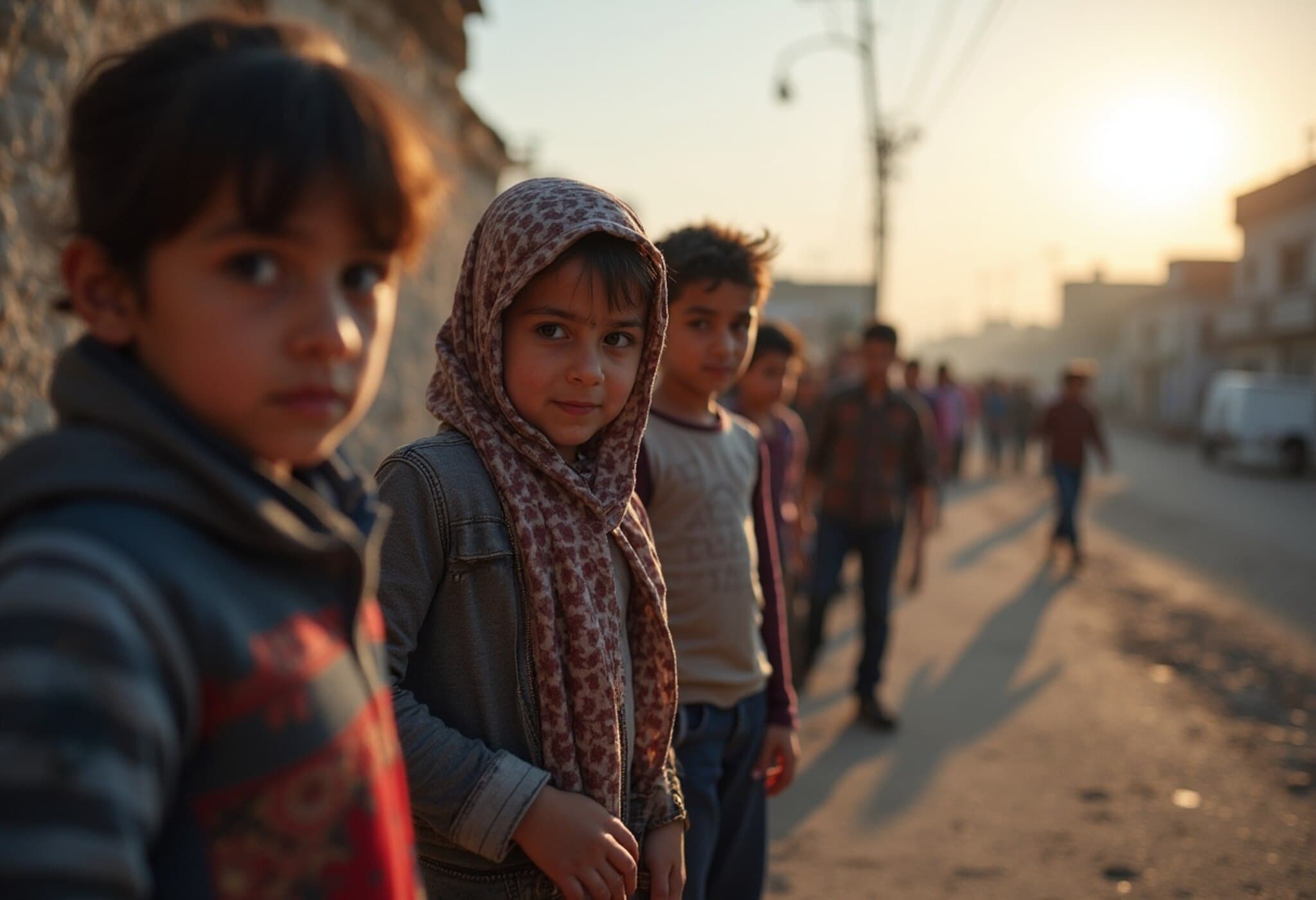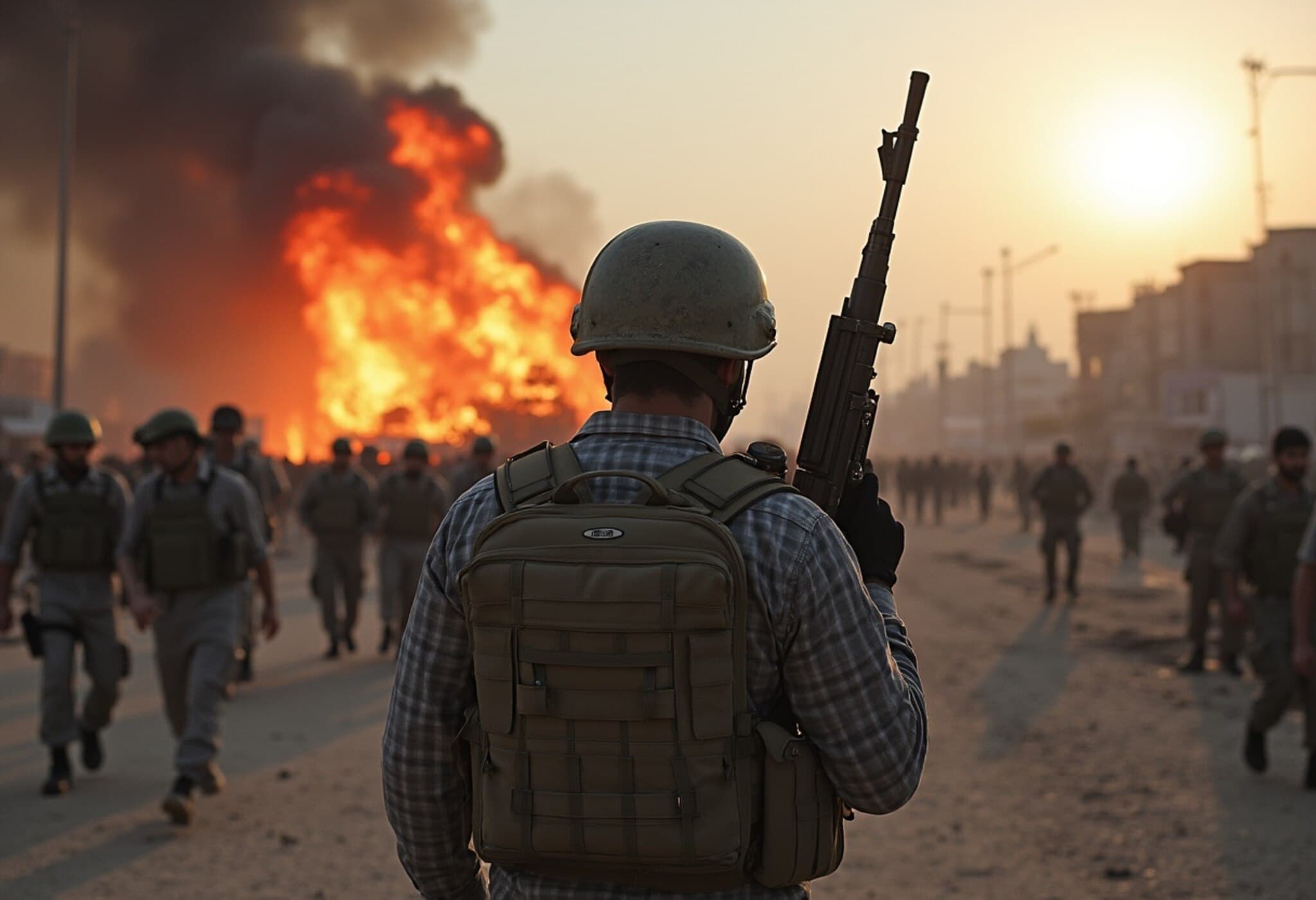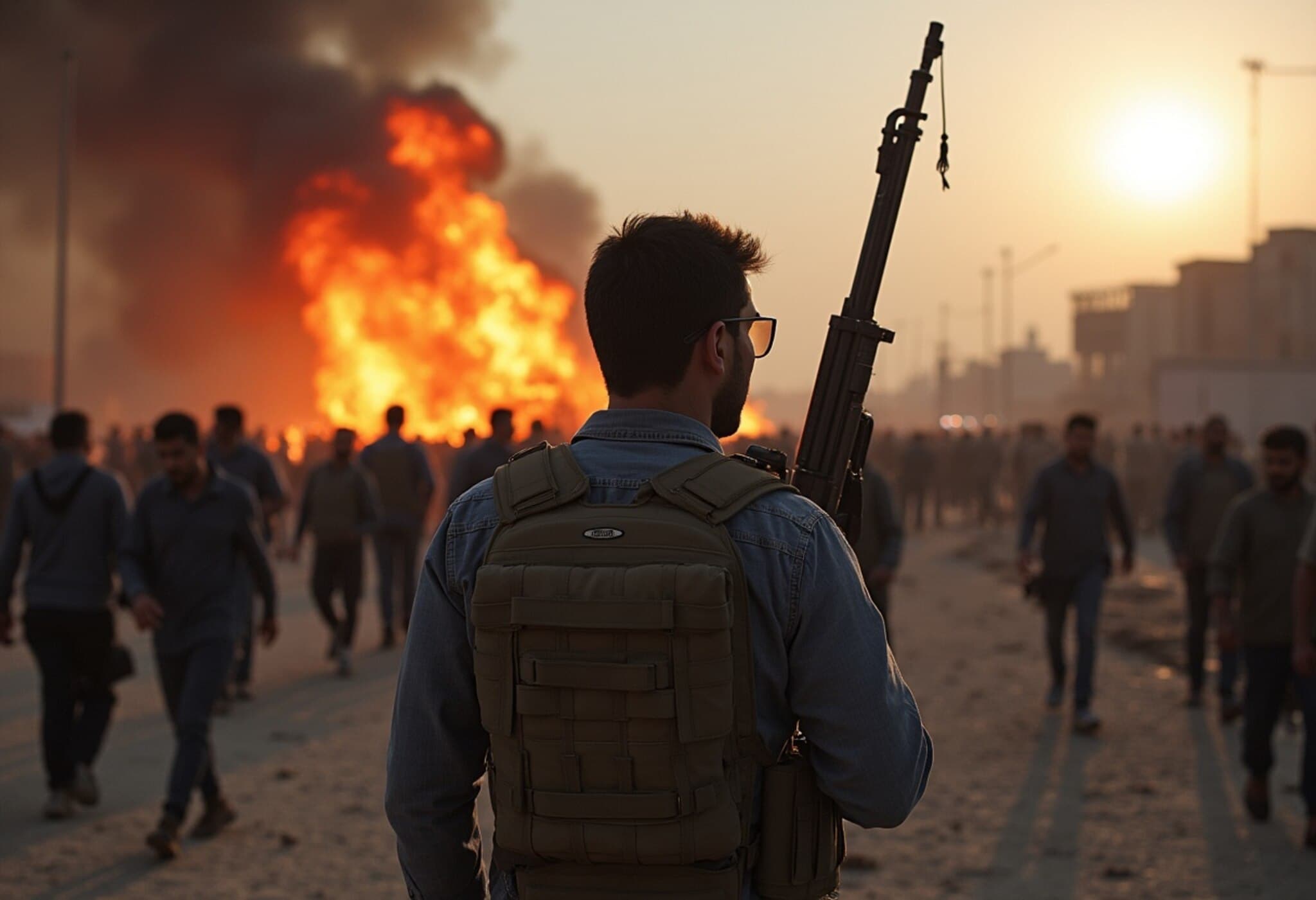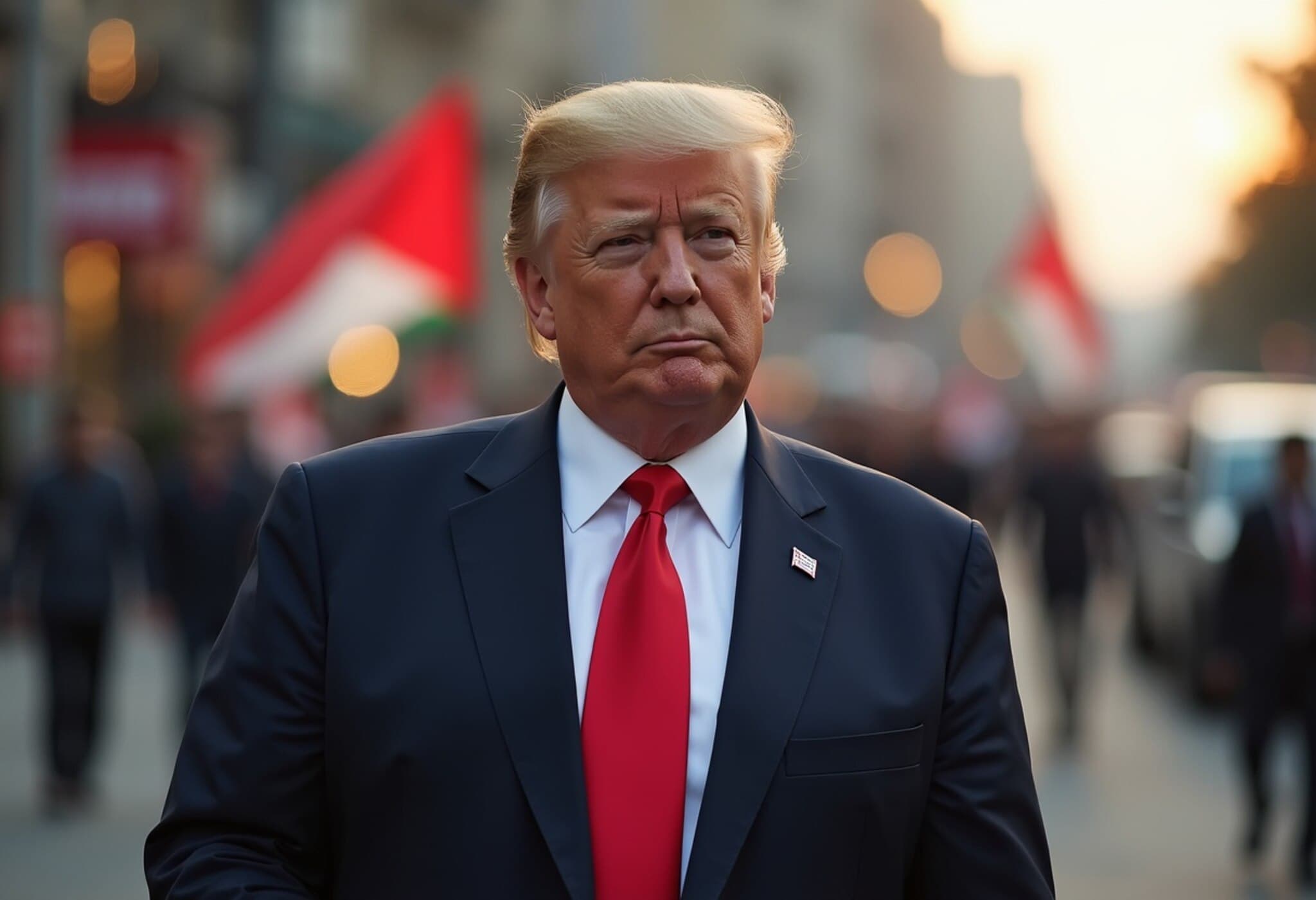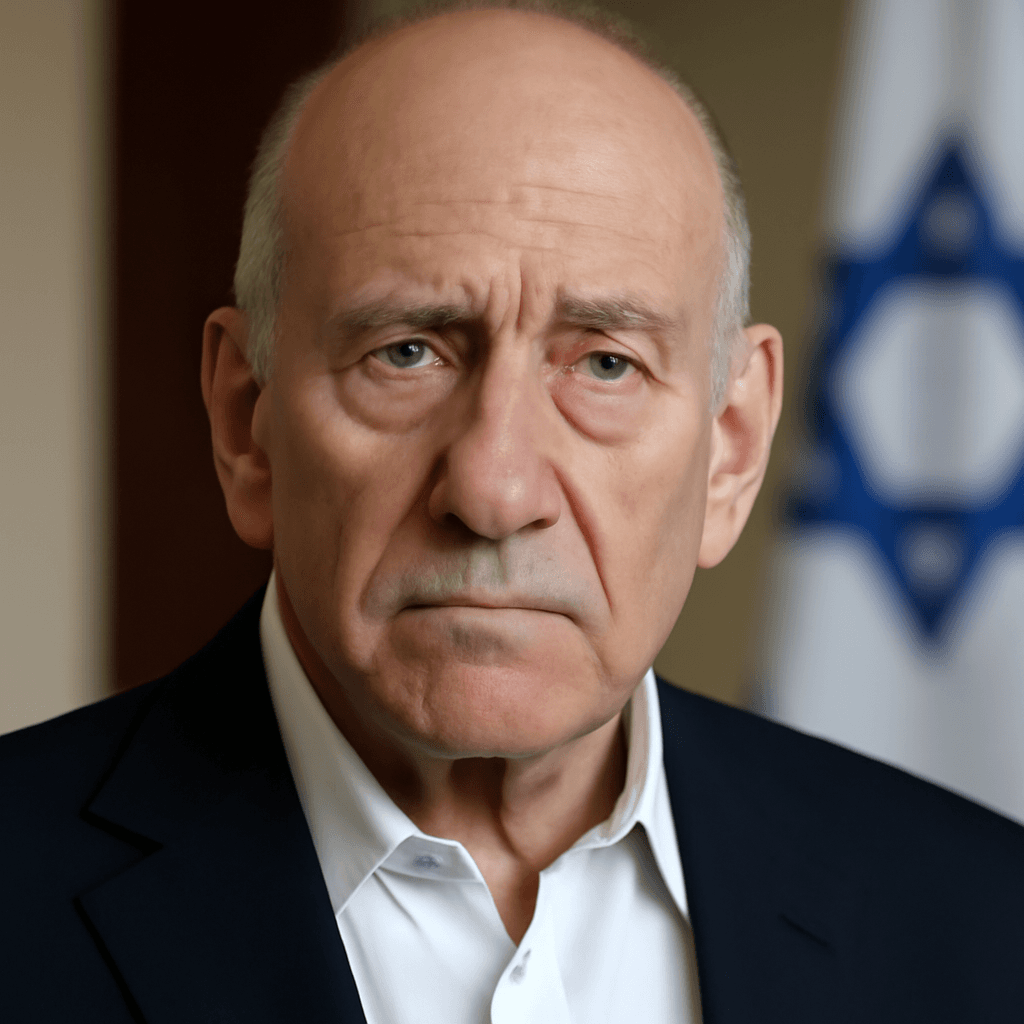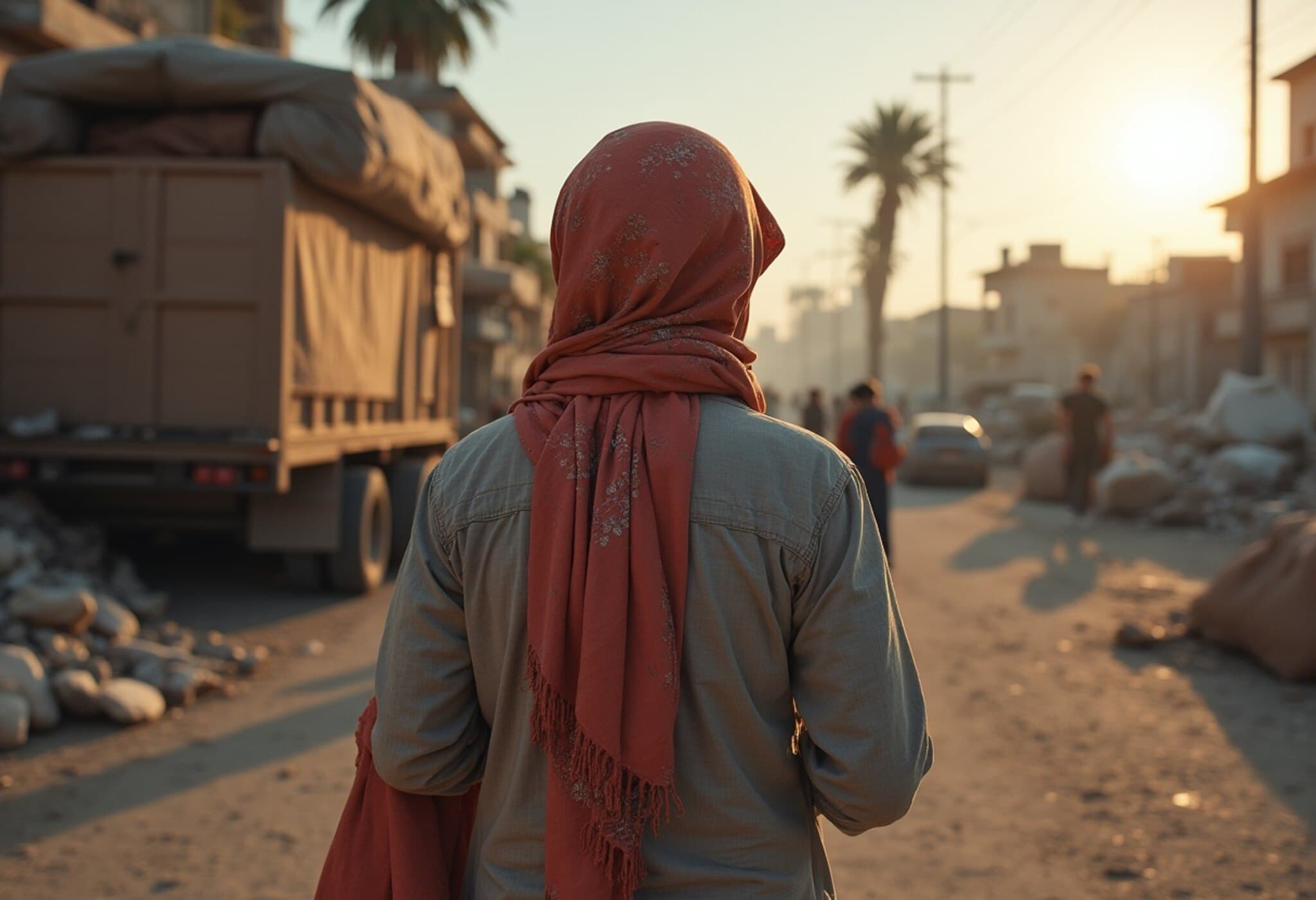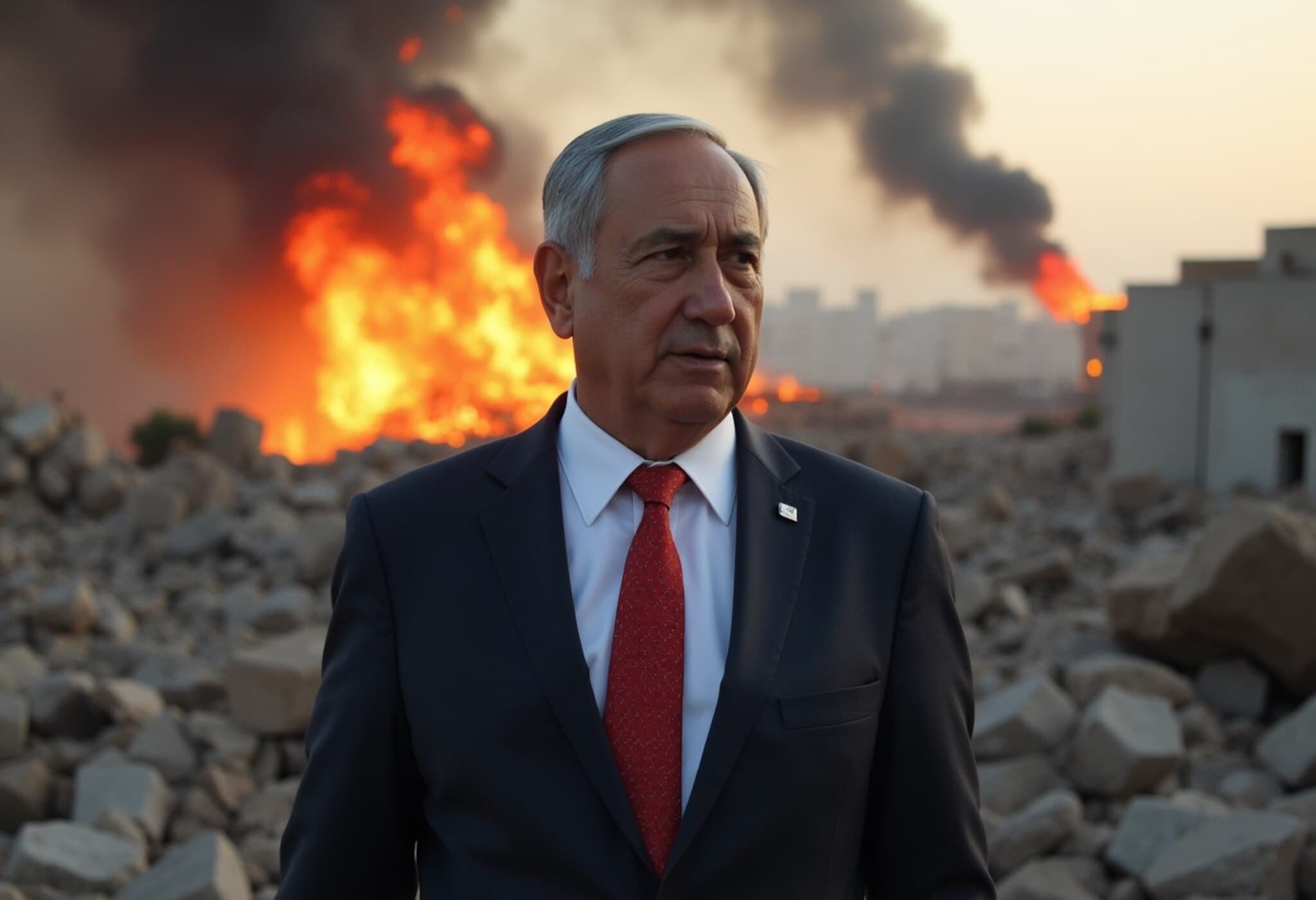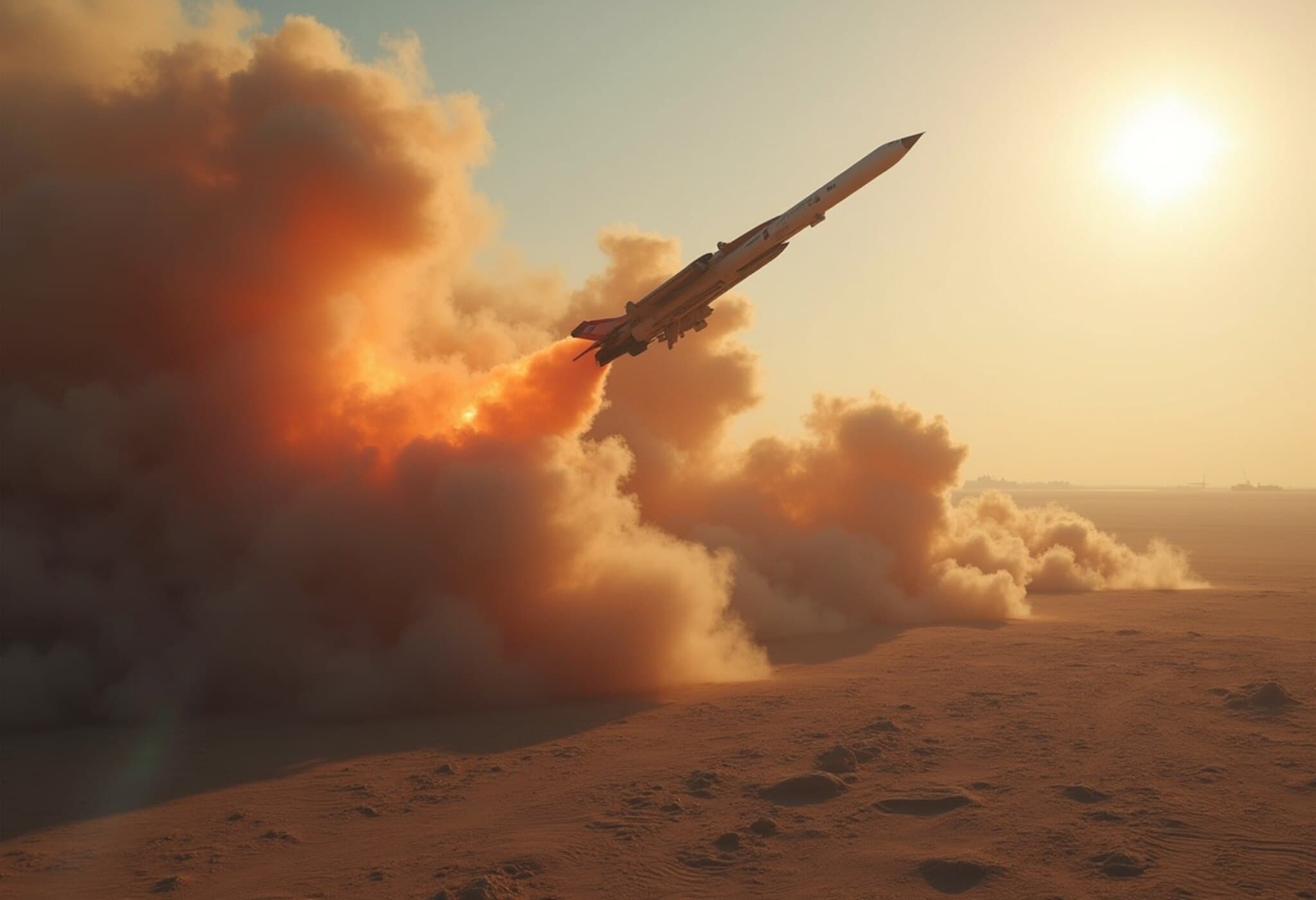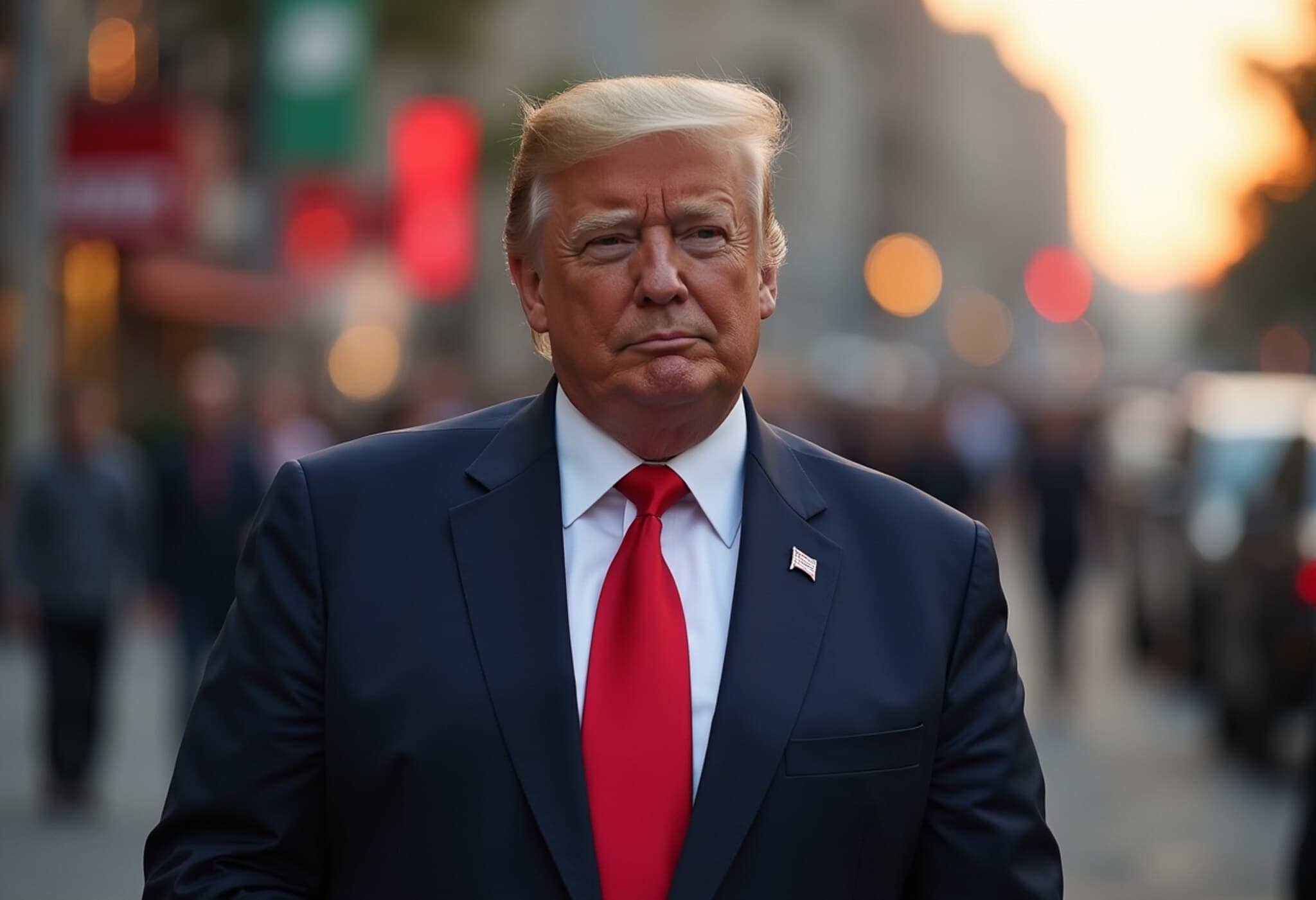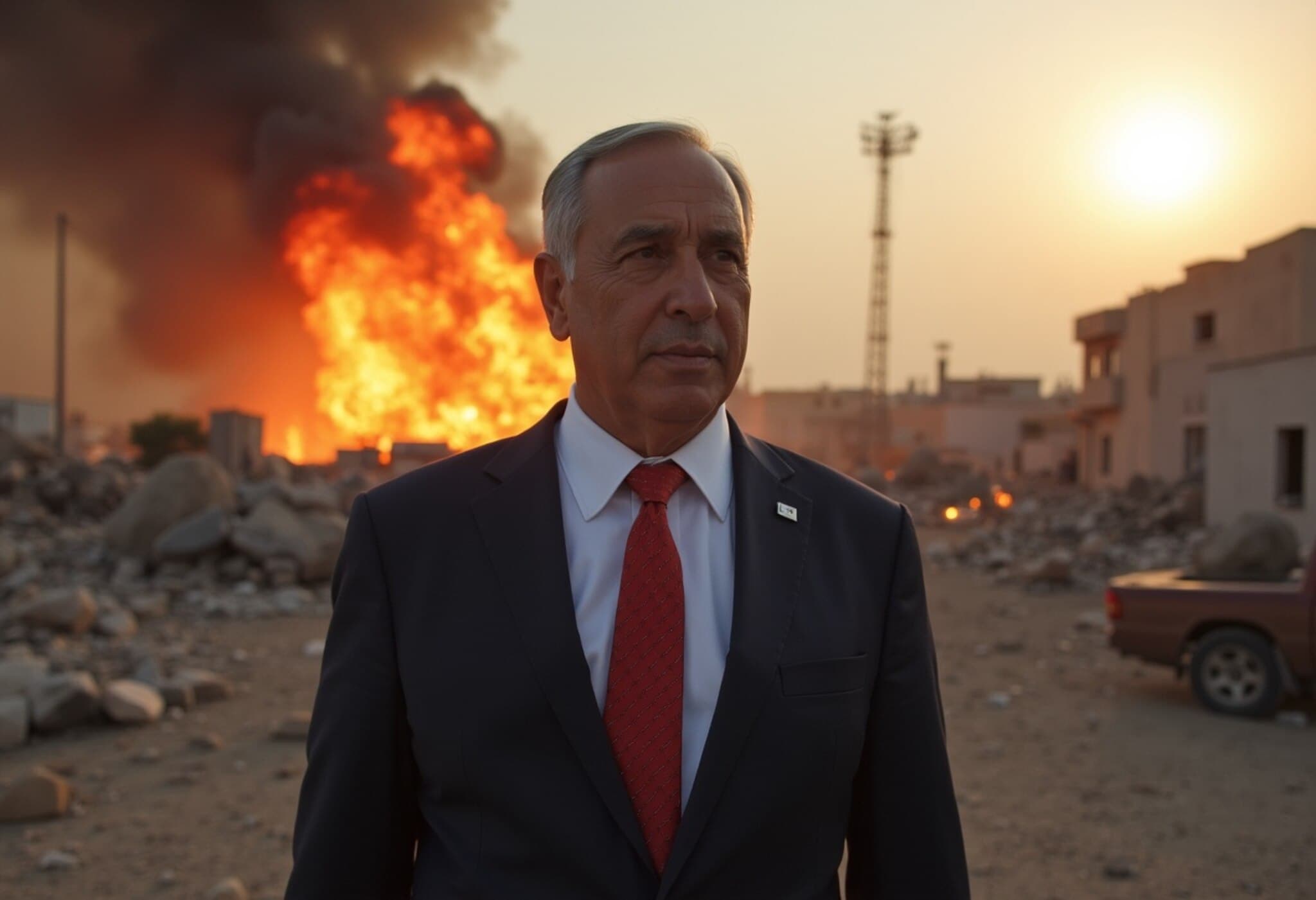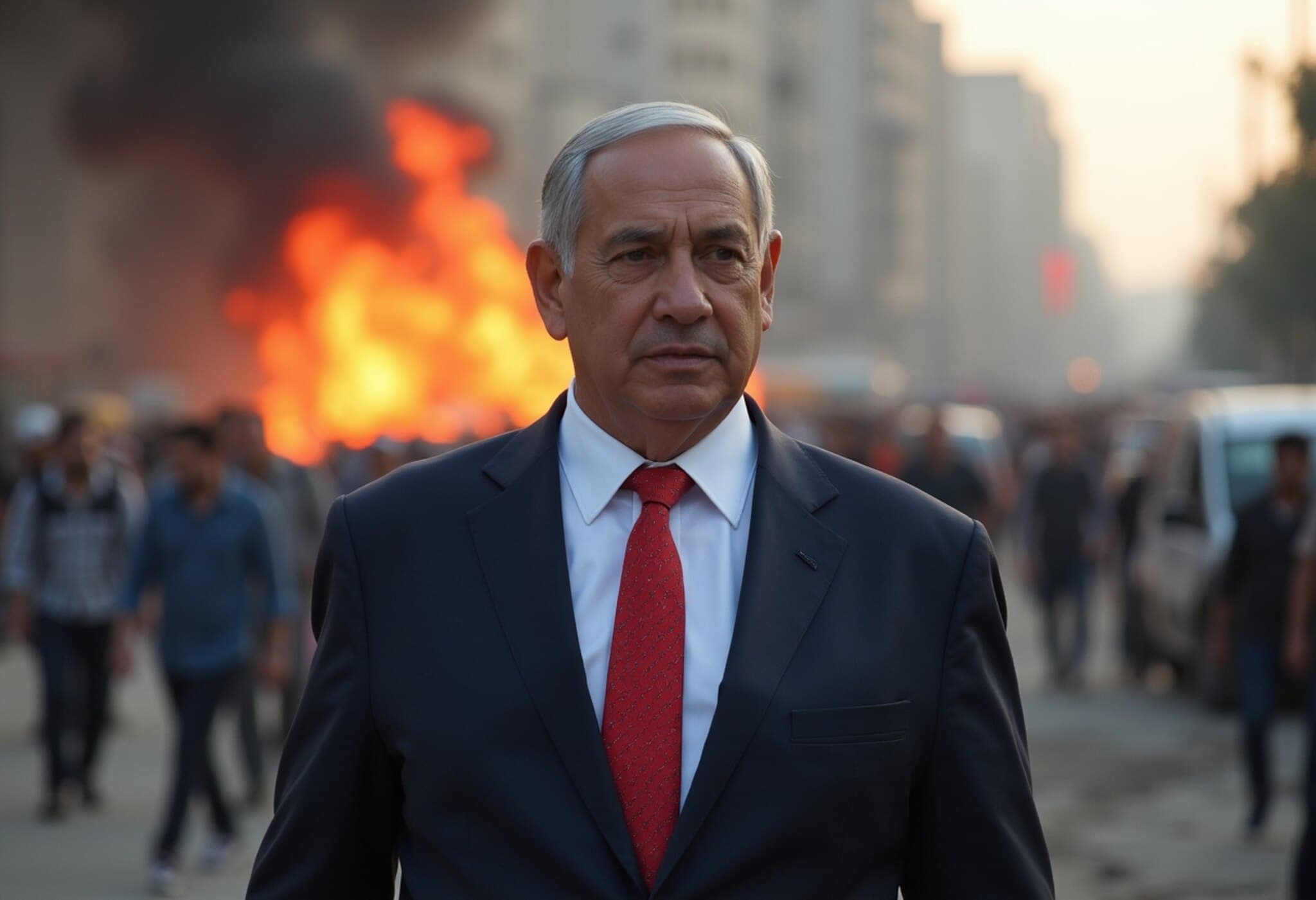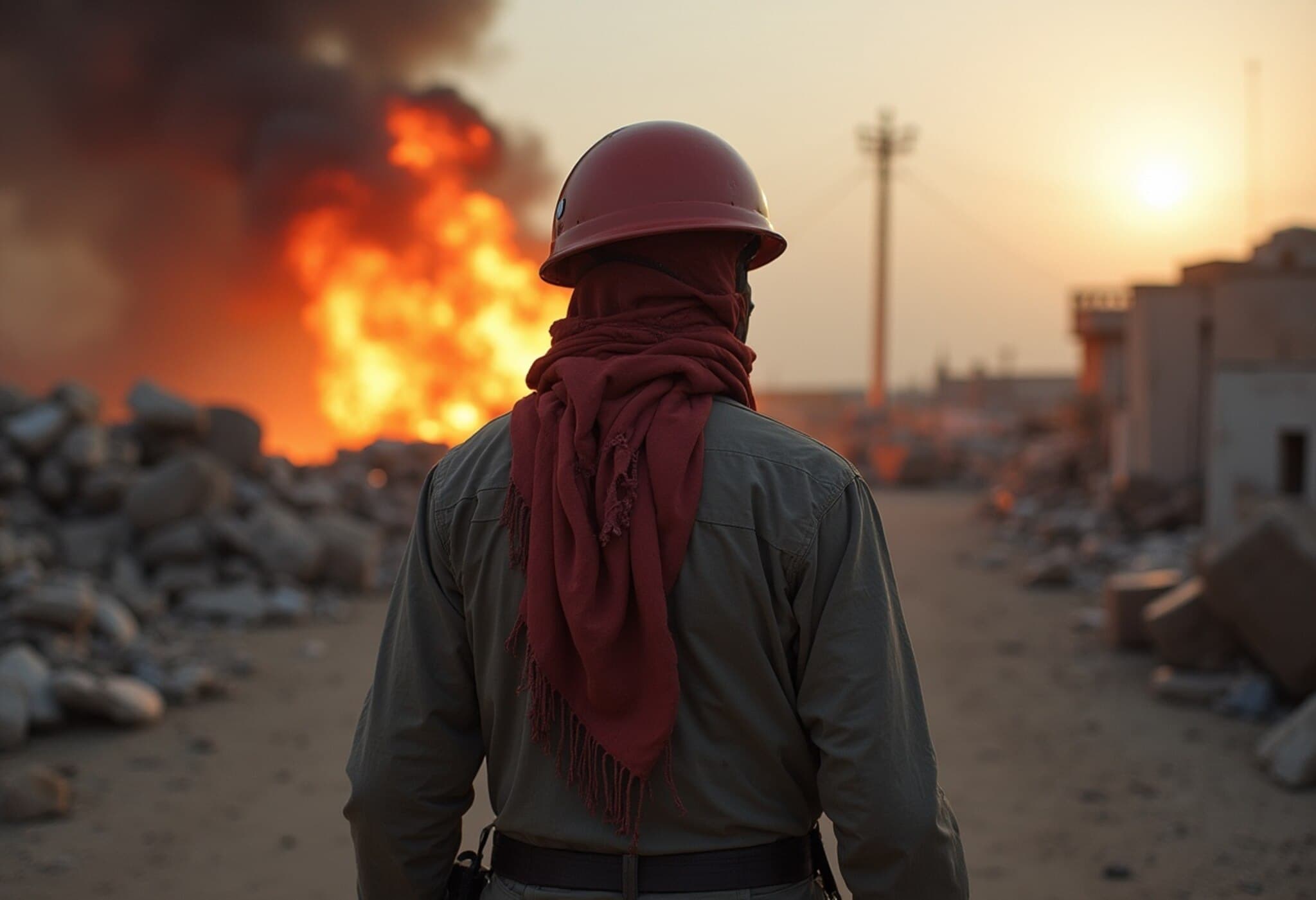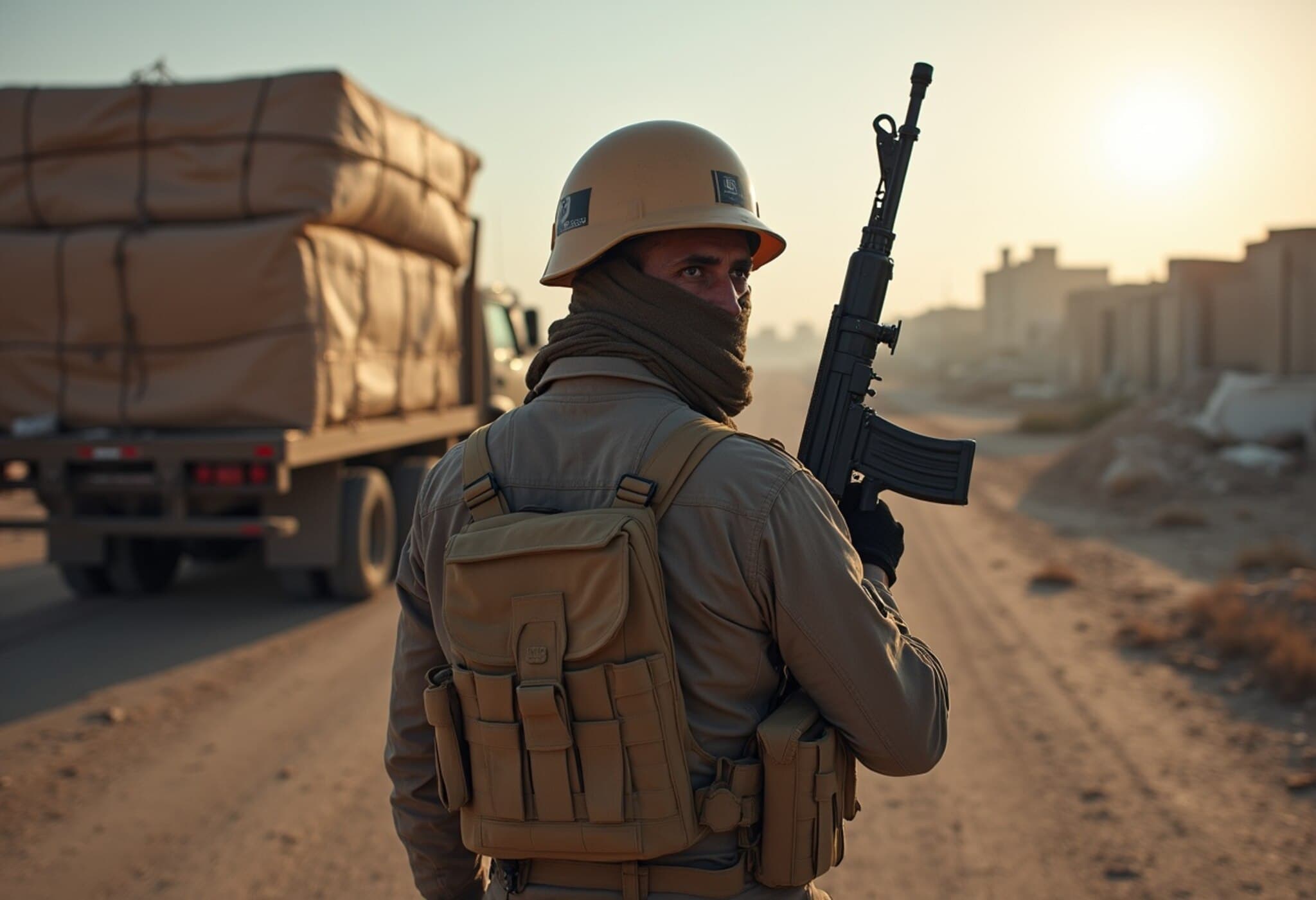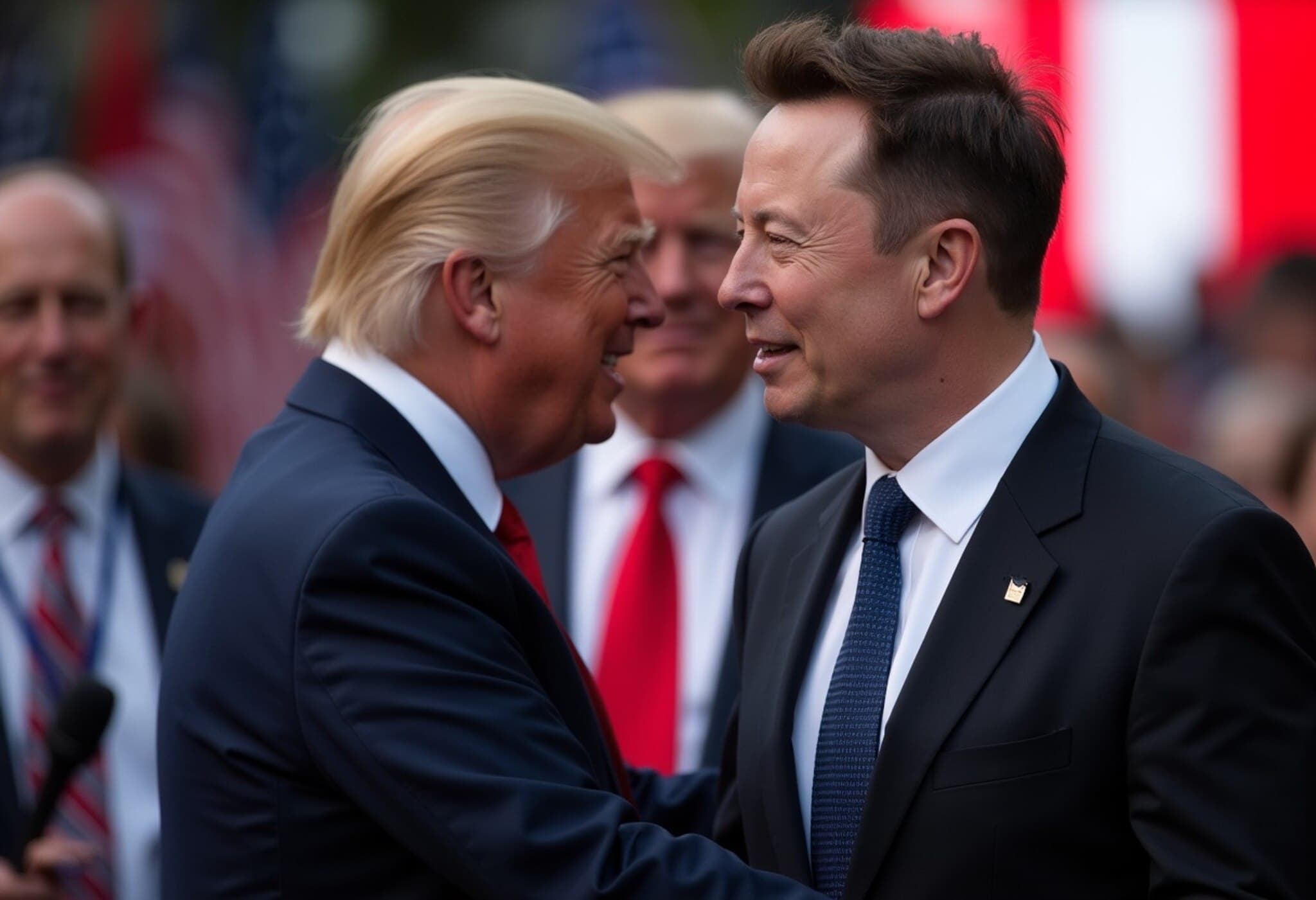First Round of Gaza Ceasefire Talks in Qatar Ends Without Breakthrough
The initial session of ceasefire negotiations between Israel and Hamas, held in Qatar, concluded after nearly three and a half tense hours, with both parties steadfast in their positions and no tangible progress toward peace. Conducted in separate venues within Doha and mediated by Qatari and Egyptian officials, the talks reflected the deep chasm that continues to hinder peace efforts amid ongoing conflict in Gaza.
Background: High-Stakes Diplomacy Amid Intensified Conflict
These discussions arrived at a critical juncture as Israeli Prime Minister Benjamin Netanyahu prepared to meet U.S. President Donald Trump in Washington, D.C.—a meeting anticipated to focus heavily on the Gaza situation and potential ceasefire pathways. Israel's aggressive military campaign has persisted, accompanied by an extensive humanitarian blockade on Gaza, though aid deliveries have been partially restored in recent weeks.
Core Issues Underpinning the Deadlock
Hamas presented three principal amendments to the ceasefire framework, supported by the U.S. and Israel, demanding:
- Ongoing negotiations until a permanent ceasefire is secured.
- Unconditional humanitarian aid distribution through U.N.-backed agencies.
- Israel’s full military withdrawal to pre-conflict positions established before March.
Israel's Prime Minister’s Office quickly labeled these demands as "unacceptable," emphasizing a preference for a phased ceasefire approach without permanent guarantees. Israeli officials expressed concerns over Hamas maintaining control within Gaza post-ceasefire, a point of contention that exacerbates distrust.
Delegation Limitations and Political Pressures
According to Palestinian sources, Israel’s negotiating team lacked sufficient authority to reach an agreement, undermining the talks' potential. Simultaneously, Netanyahu faces internal political pressures from far-right factions within Israel that oppose any ceasefire, complicating efforts to reach a consensus.
Continued Military Actions and Humanitarian Strains
Parallel to the diplomatic efforts, Israeli forces intensified their assault on Hamas targets, reportedly hitting over 130 sites and killing numerous militants within a recent 24-hour window. This military pressure aims not only to degrade Hamas capabilities but also to coerce the group into releasing hostages held in Gaza.
The blockade on Gaza, lasting eleven weeks, has devastated civilian infrastructure and deepened the humanitarian crisis, despite limited resumption of aid deliveries. The interplay between military strategy and negotiations remains delicate and fraught with risks for civilians on the ground.
What Lies Ahead: The Road to Monday’s Talks
Mediators plan to hold separate meetings with both Hamas and Israeli delegations over the weekend to attempt bridging some of the gaps before the next official round of talks scheduled for Monday. Observers remain cautious about expectations, given the entrenched positions and recent escalation in violence.
Netanyahu has publicly articulated his conditions for any agreement: the safe return of all hostages, the destruction of Hamas’s military infrastructure, and assurances that Gaza will no longer threaten Israel. Meanwhile, Hamas insists on guarantees for a ceasefire that genuinely halts all hostilities with a full Israeli withdrawal.
Expert Analysis: The Complexity of Ceasefire Negotiations
From a policy and regional security perspective, these stalled talks underscore the multifaceted challenges in resolving deeply entrenched conflicts where humanitarian concerns, political legitimacy, and military objectives collide. The interplay between U.S. diplomacy and Israeli domestic politics adds another layer of complexity, raising critical questions about the role of external actors in facilitating substantive peace.
Moreover, beneath the headlines of negotiations and military strikes lies the often overlooked human dimension—civilians facing displacement, loss, and trauma. The negotiation framework must reckon with these realities to broker a sustainable peace.
Questions Raised
- Can mediators reconcile the seemingly irreconcilable demands of both sides while minimizing civilian suffering?
- Will U.S. involvement, particularly the Trump-Netanyahu meeting, shift dynamics toward a breakthrough?
- How will internal political pressures within Israel and Hamas influence each party’s flexibility?
- What mechanisms can ensure humanitarian aid reaches those in need during and after ceasefire agreements?
Editor's Note
The unfolding ceasefire talks in Qatar highlight a profound impasse rooted in decades of conflict. While diplomatic efforts signal hope for an end to hostilities, the path remains precarious amid military escalations and political divisions. As global attention turns toward upcoming negotiations and international diplomatic engagements, it is crucial to remember that behind the rhetoric lie millions of lives yearning for peace and stability. The coming days will test not only diplomatic will but the international community’s commitment to a durable resolution that honors human dignity and security.


